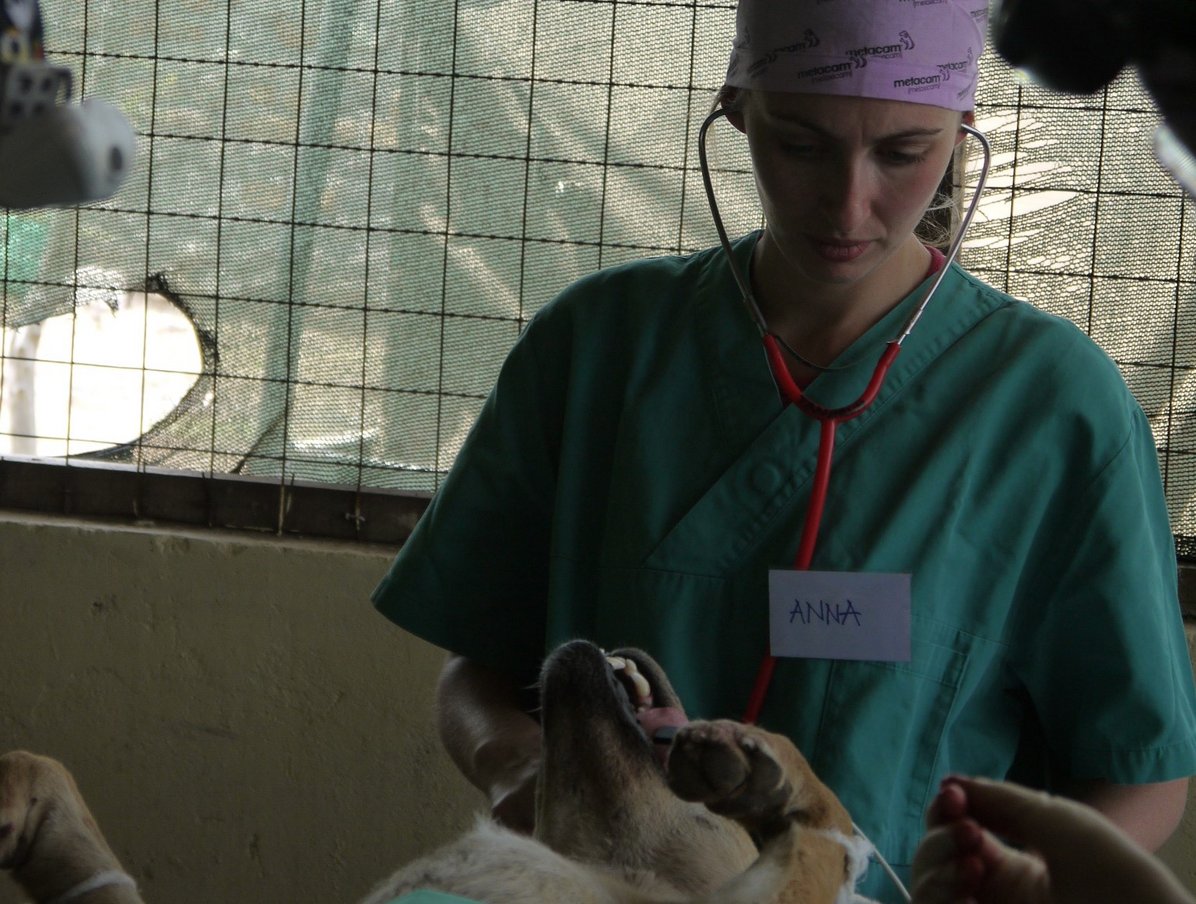2020: A study of anesthetic protocols for orchiectomy, ovariectomy and ovariohysterectomy in dogs in a field setting in Masai Mara

Master’s thesis
Anna Enevold Fredsted
Supervisors: Associate professor Rikke Langebæk, DVM, Ph.d. and Senior veterinarian Helle Harding Poulsen, DVM, Ph.d., University of Copenhagen, Denmark.
Submitted on 18. august 2020
The purpose of this study was to describe, analyze and evaluate anesthetic protocols used for orchiectomy, ovariectomy and ovariohysterectomy, performed on dogs under field conditions in Kenya, as well as evaluate the effect of midazolam when added to the protocols.
The study was carried out in relation to the Mara North Conservancy Dog Project surgical workshop in November 2019. Forty-three domestic maasai dogs (28 males and 15 females) underwent neutering surgery according to the aims of the MNCDog project, and provided data for the current master project.
The anesthetic protocol consisted of 2 mg/kg xylazine or 0.04 mg/kg medetomidine, 5 mg/kg ketamine +/- 0.5 mg/kg midazolam, and atipamezole if needed. In order to monitor the effect of anesthesia intraoperatively, heart rate, respiration rate, and temperature were monitored and recorded every 10 minutes.
The use of midazolam significantly reduced the maintenance doses of xylazine (P = 0.000) and ketamine (P = 0.001) for the male dogs but not for the female dogs. The use of midazolam had no significant effect on temperature, heartrate or respiratory rate .
The body temperature of the dogs during surgery in the clinic, was negatively correlated with the time of surgery, while the body temperature during surgery in the field was positively correlated with the time of surgery.
From the finding in this study it is possible to conclude that the applied anesthesia protocols were appropriate for field conditions and facilitated sufficient anesthesia and intraoperative analgesia to perform orchiectomy, ovariectomy and ovariohysterectomy.